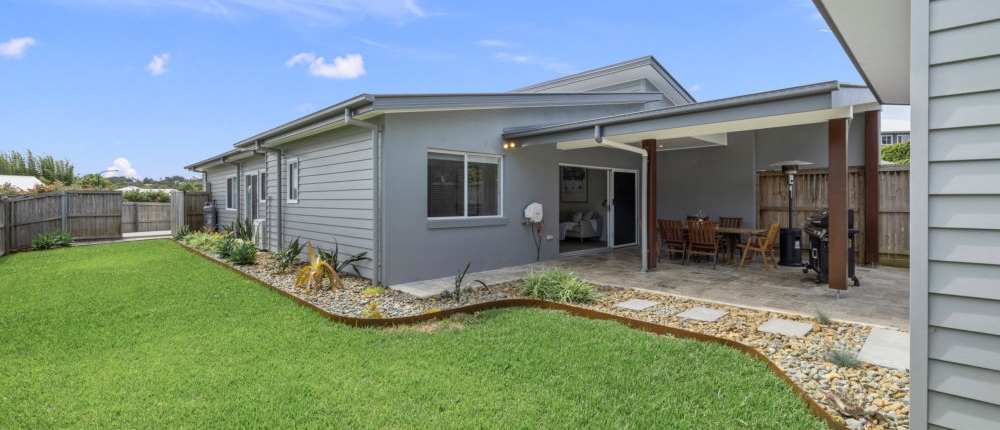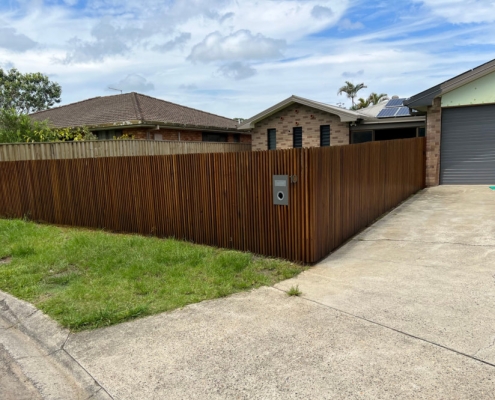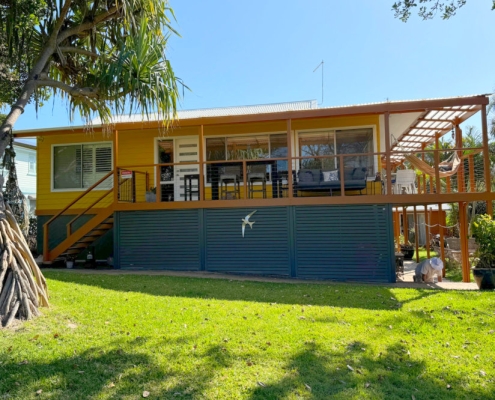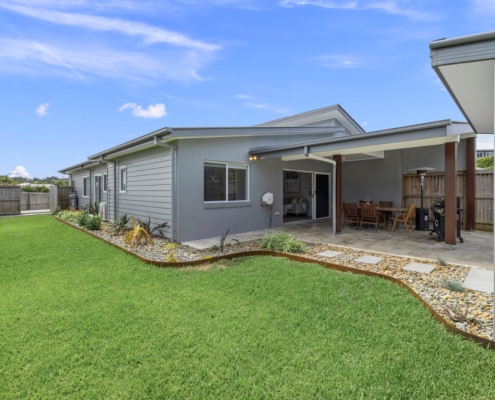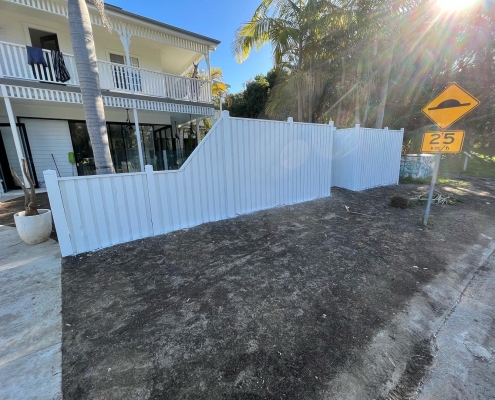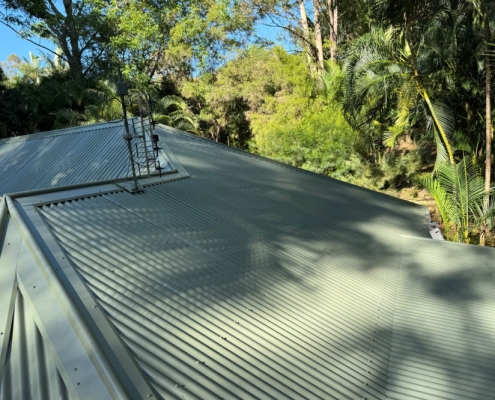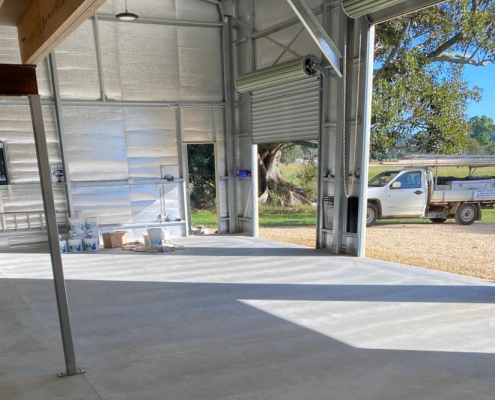Understanding Anti-Graffiti Coatings: How to Protect Your Property
Graffiti can be an ongoing issue for property owners, particularly in urban areas with high pedestrian or vehicle traffic. While graffiti may be seen as artistic by some, it often causes surface damage, costly graffiti removal, and a poor visual impression. This is where anti-graffiti coatings come into play, providing a protective barrier that makes graffiti removal easier, faster, and less damaging.
In this article, we’ll explore the different types of anti-graffiti coatings, their benefits, and how they can help you safeguard your property.
What Are Anti Graffiti Coatings?
Anti graffiti paint coatings are specially formulated products applied to building surfaces to reduce paint adhesion and enable fast graffiti removal. These coatings create a smooth, non-stick layer that makes it easy to wash off graffiti with high pressure water or mild cleaning products, without damaging the substrate. They are used on commercial buildings, schools, public infrastructure, and other vulnerable surfaces.
Anti-graffiti coatings are specially formulated products applied to property surfaces including concrete, brick, metal, glass, and stone. They prevent anti graffiti paint, markers, and other substances from bonding permanently to building materials.
The coatings create smooth, durable barriers that allow graffiti to be wiped away or washed off easily, using high pressure water systems. They’re easy to apply and ideal for high-risk locations that are frequently targeted by graffiti.
- Commercial buildings and office complexes
- Schools and educational facilities
- Public infrastructure and transport hubs
- Retail spaces and shopping centers
Combining protective coatings with our comprehensive graffiti removal and prevention services provides complete protection for your property.
Types Of Anti-Graffiti Coatings
There are three main categories of anti graffiti paint coating, each suited to different surface types and maintenance needs. Understanding your options helps you choose the right protection level for your specific needs, budget, and surface requirements.
1. Sacrificial Coatings
Sacrificial coatings are temporary, single-use coatings that form a protective layer and are removed along with the graffiti. Once removed, the coating must be reapplied.
Best for: Heritage buildings, concrete, brick, and stone surfaces where it’s crucial to avoid permanent changes to the substrate.
Pros: Cost-effective, minimally alters the appearance of the surface.
Cons: Requires reapplication after each cleaning, increasing maintenance budget.
2. Permanent Coatings
Permanent anti-graffiti coatings create a strong, long-lasting barrier on the surface. They don’t require reapplication after cleaning and can withstand multiple graffiti clean-ups. These coatings are usually more resilient to weather and chemical cleaners, making them ideal for high-traffic and commercial spaces.
Best for: Metal, glass, painted surfaces, and areas with high exposure to graffiti.
Pros: Durable, withstands repeated cleaning without the need for reapplication.
Cons: Higher initial cost and may alter the appearance of some surfaces.
3. Semi-Sacrificial Coatings
Semi-sacrificial coatings, also known as “barrier” coatings, provide a balance between sacrificial and permanent coatings. These coatings are partially removed during graffiti cleaning, meaning they may need reapplication after several cleanings but are more durable than sacrificial coatings. Semi-sacrificial coatings are often used on porous surfaces to prevent graffiti from seeping in.
Best for: Brick, stone, concrete, and other porous surfaces.
Pros: Longer-lasting than sacrificial coatings, more cost-effective than permanent options.
Cons: May degrade over time and require periodic reapplication depending on the frequency of graffiti.
Benefits Of Anti-Graffiti Coatings
Investment in quality protection systems delivers significant advantages for property owners facing vandalism challenges.
They offer significant benefits, making them a worthwhile investment for property owners in areas prone to vandalism. Here are some of the main advantages.
1. Easy Graffiti Removal
Graffiti removal becomes easier and less damaging, without intensive scrubbing or harsh chemicals. Spray paint and marker ink can be washed off using high pressure water or safe solvents, reducing downtime.
2. Substantial Cost Savings
Frequent graffiti removal can be costly, especially if it requires specialised cleaning methods. These coatings help lower these costs by making graffiti removal quicker and easier, reducing the need for professional services. Property owners can thereby avoid repetitive cleaning costs and extend surface lifespan.
3. Preserves Surface Integrity
Frequent graffiti cleaning without protection can lead to damage, especially on porous surfaces like brick and stone. Coatings provide a barrier that prevents paint from penetrating the surface, preserving its structural integrity and appearance.
4. Enhanced Property Aesthetics
Keeping your property graffiti-free helps maintain a clean, professional appearance. Anti-graffiti coatings deter vandals, as they know their work will be easily removed, and help keep your property looking pristine.
5. Long-Term Graffiti Protection
High-quality coatings provide years of protection, particularly permanent and semi-sacrificial coatings. This makes them a sustainable, long-term solution for properties vulnerable to graffiti.
Choosing The Right Anti-Graffiti Coating For Your Property
Choosing optimal protection involves evaluating surface types, environmental conditions, vandalism risk levels, and maintenance preferences.
Type of Surface: For porous surfaces like brick or stone, semi-sacrificial coatings are ideal as they prevent graffiti from seeping in. For smoother surfaces like metal or glass, a permanent coating is often the most effective.
Aesthetic Requirements: Sacrificial coatings are generally clear and minimally alter the appearance of the surface, making them a good option for heritage buildings or properties where aesthetics are a priority.
Environmental Exposure: If your property is in an area with high exposure to sun or rain, choose a weather-resistant anti-graffiti coating. Permanent coatings tend to offer greater durability against the elements.
Budget & Longevity: Sacrificial coatings are generally more affordable initially but require reapplication after each graffiti removal, which can increase long-term costs. Permanent coatings have a higher upfront cost but offer more cost-effective, lasting protection.
Applying Anti Graffiti Coatings
While some anti-graffiti coatings can be applied by property owners, professional application is recommended for optimal results, especially for large surfaces or complex architectural features. Here’s an overview of the typical application process:
- Surface Preparation: The surface should be thoroughly cleaned and free of any existing graffiti, dirt, or debris. This ensures that the coating adheres properly and provides full protection.
- Primer Application (if needed): Some surfaces may require a primer to enhance the bond between the surface and the anti-graffiti coating.
- Coating Application: Using a sprayer, roller, or brush, the coating is applied evenly over the surface. Multiple coats may be required, depending on the type of coating and the surface material.
- Curing: The coating should be allowed to cure fully before exposure to weather or graffiti. Curing times vary based on the coating type and environmental conditions.
Professional Application Benefits – Our experienced team ensures proper surface preparation, optimal coating application, and long-lasting results. Learn more about our professional services.
Maintaining Anti Graffiti Coating
Proper maintenance ensures maximum protection system performance and longevity while minimising long-term costs.
Regular Inspections: Check coated surfaces periodically for signs of wear or damage, particularly if the area experiences high graffiti activity.
Prompt Cleaning: Remove graffiti as soon as possible. Prompt cleaning not only maintains aesthetics but also prevents graffiti from potentially damaging the coating.
Use Appropriate Cleaning Methods: Follow the manufacturer’s instructions for cleaning graffiti. For sacrificial coatings, be prepared to reapply the coating after each cleaning.
Cost Considerations
Costs vary depending on the type of anti graffiti paint coating, surface complexity, and whether professional application is needed:
Sacrificial Coatings: Lower initial cost but higher long-term costs due to reapplication needs.
Permanent Coatings: Higher upfront cost, with low maintenance expenses since they withstand multiple cleanings.
Semi-Sacrificial Coatings: Mid-range cost, offering a balance between durability and reapplication frequency.
Factors Affecting Investment
- Surface area requiring protection
- Coating type and quality specifications
- Professional application requirements
- Ongoing maintenance and reapplication needs
Protect Your Property With Professional Coating Services
Anti-graffiti coatings offer a practical solution for protecting properties from graffiti, preserving the appearance and value of your investment. By choosing the right type of coating and following proper maintenance practices, you can keep your property graffiti-free, saving time and money in the long run. Whether you’re managing a commercial building, heritage property, or public infrastructure, anti-graffiti coatings provide an effective and sustainable way to combat unwanted vandalism.
We offer complete Graffiti Removal and Prevention Services, including pressure washing, chemical treatments, emergency callouts, and maintenance programs to keep your property consistently graffiti-free.
If you’re ready to protect your property with an anti-graffiti coating, contact us for professional advice and application services. Our team will help you choose the best solution tailored to your needs and ensure your property stays clean, professional, and graffiti-free.

